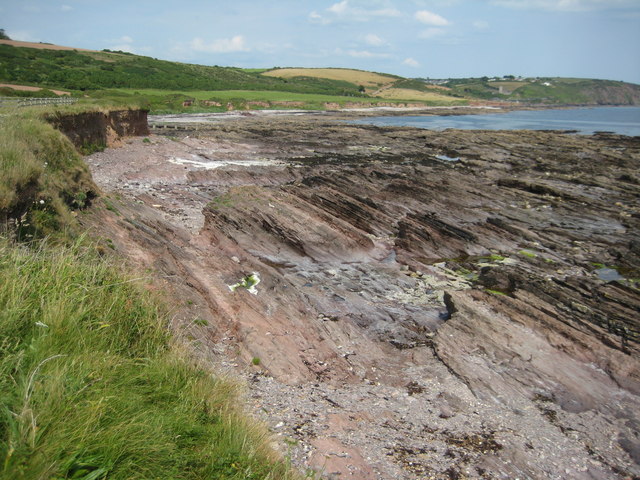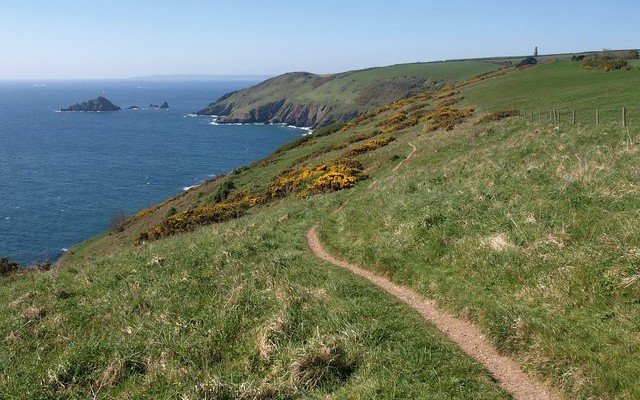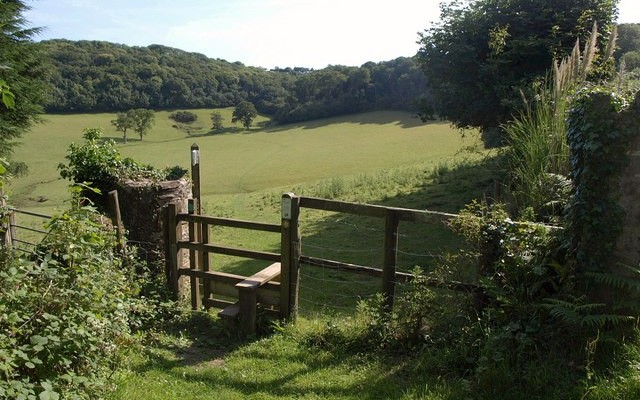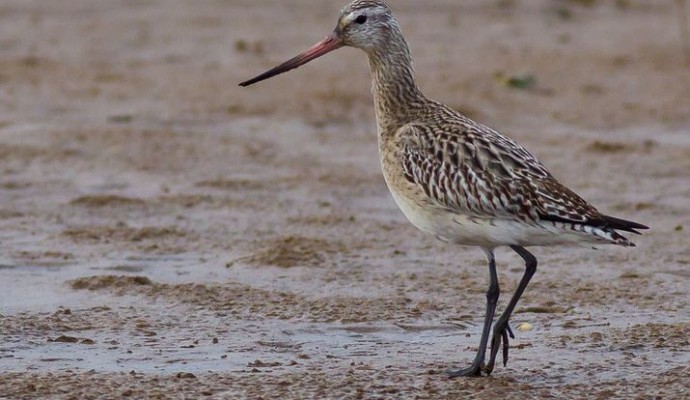Interesting information
This site is a Voluntary Marine Conservation Area, a Site of Special Scientific Interest and Area of Outstanding Natural Beauty.
Wembury VMCA has produced a Code of Conduct for people using the area.

This site spans from Wembury Beach west to Wembury Point. The area has been designated an Area of Outstanding Natural Beauty and no visitor can fail to be impressed by the magnificent coastline.
The foreshore and cliffs expose excellent sections of Lower Devonian rocks – mainly red mudrocks, now metamorphosed to slate, siltstones and sandstones. These are thought to have been laid down originally in mudflats and flood plains associated with lakes. Some fossil fish remains have been found here and there may have been an occasional connection between these lakes and the nearby sea. In places, folds in the rock can be seen – an indication of the vast forces that have been at work here in the ancient past.
Interestingly, a raised beach platform and a fossilised cliffline can be seen at the back of the modern beach. This is largely covered by a stony deposit (known as head) formed by downward soil movement during the freeze/thaw conditions of the Ice Age, though at Wembury Point itself some remains of the original beach cobble can still be seen.
Wembury is a voluntary Marine Conservation Area and has a Code of Conduct for people using the area.
On foot: The South West Coast Path, a long distance walking route, runs the length of Wembury VMCA.
By bus: There is a service from Plymouth to Wembury (and then a 5min. walk to the beach), see the Travel Devon website for the latest information.
By car: There is a National Trust car park at Wembury beach (charges apply).
This site is a Voluntary Marine Conservation Area, a Site of Special Scientific Interest and Area of Outstanding Natural Beauty.
Wembury VMCA has produced a Code of Conduct for people using the area.




